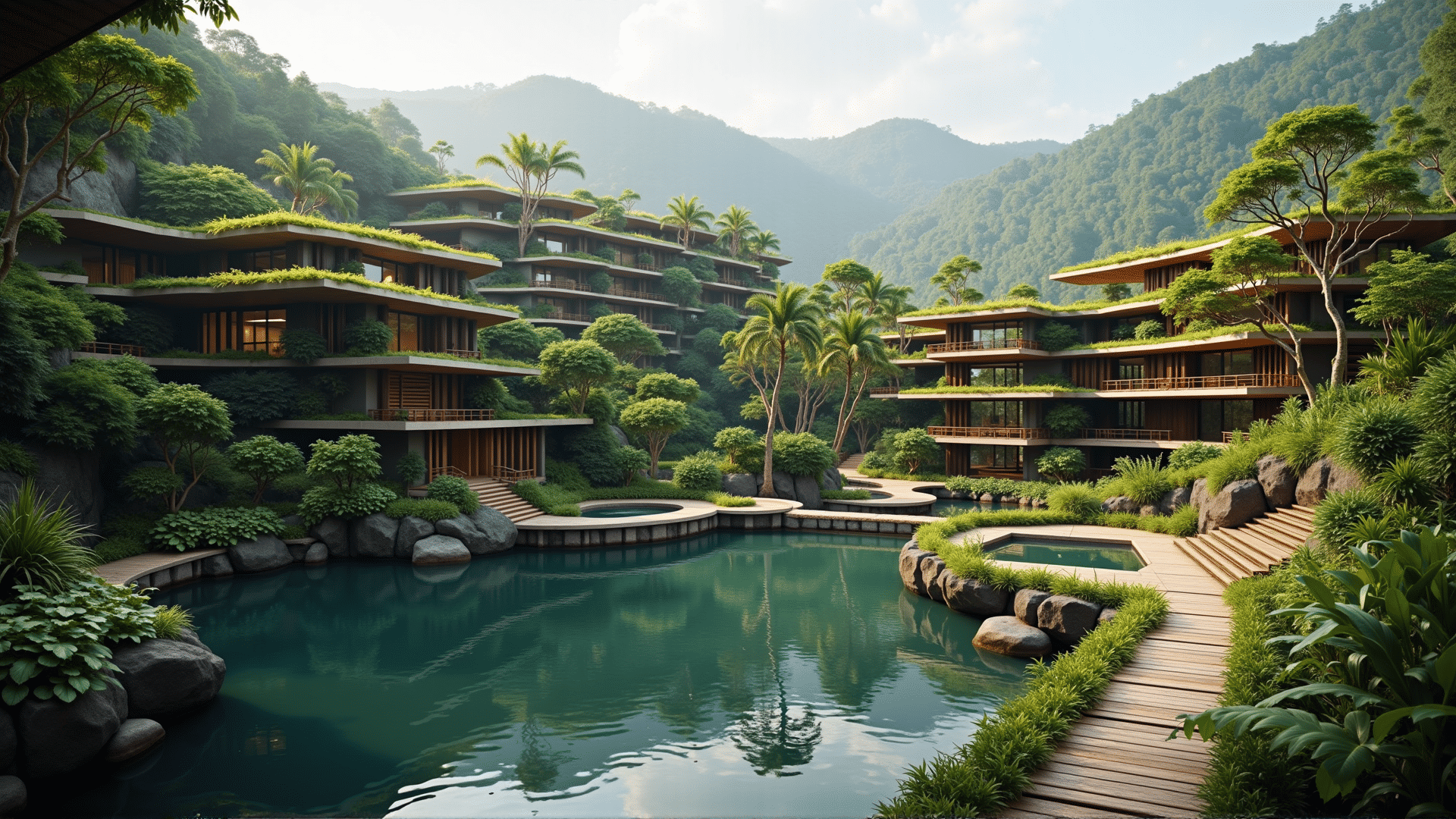In a world that increasingly values sustainability and harmony with our surroundings, architecture is undergoing a transformative shift. Designers and architects are drawing inspiration from the natural world, creating structures that both blend into and celebrate the beauty of their environments. These nature-inspired creations serve not only as functional spaces but also as artistic statements about our relationship with the Earth.
One of the key principles guiding these designs is biomimicry, which is the imitation of natural forms and processes to solve human problems. This approach can be seen in buildings that emulate organic shapes, such as the flowing lines of a leaf or the intricate patterns found in coral reefs. Such designs not only capture the eye but also perform efficiently, often enhancing natural light, ventilation, and energy conservation.
For example, in the heart of a bustling city, one might find a skyscraper adorned with lush vertical gardens that purify the air and offer a haven for urban wildlife. These "living walls" not only soften the urban landscape but also absorb carbon dioxide and produce oxygen, contributing to a healthier environment for city dwellers.
Another example of nature-inspired architecture can be found in rural landscapes, where buildings are constructed using materials sourced from their immediate surroundings. These structures often feature earth-toned facades and thatched roofs, making them almost indistinguishable from the rolling hills or dense woods that envelop them. The integration of local materials not only reduces environmental impact but also reflects a profound respect for the land.
Perhaps the most fascinating aspect of these creations is how they encourage us to rethink our interactions with the world around us. By observing how these buildings adapt to their environment, we gain insight into sustainable living and the importance of conserving natural resources. They remind us that, while human ingenuity can reshape landscapes, it can also protect and enhance the inherent beauty of natural settings.
As we continue to design and build for the future, the emphasis on harmonizing human habitation with the natural world becomes ever more crucial. Nature-inspired architecture stands as a testament to the possibility of a balanced coexistence, where the boundaries between the built environment and the natural world blur, resulting in spaces that inspire, nurture, and heal. These creations challenge us to live more thoughtfully and remind us of the beauty that exists when humanity and nature come together as one.
